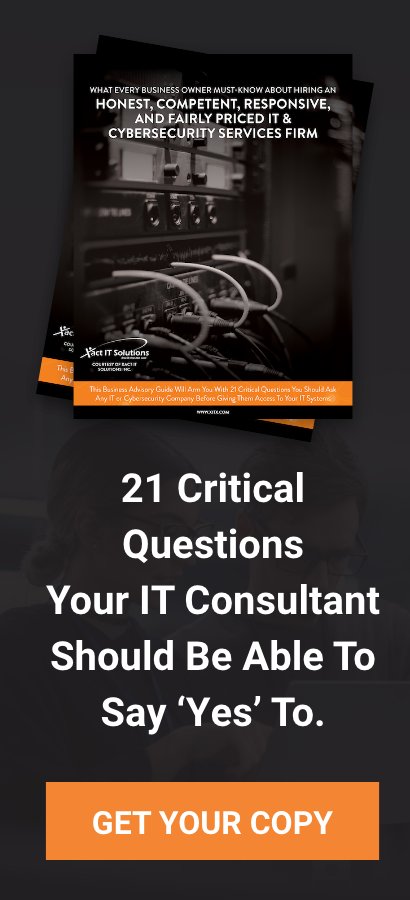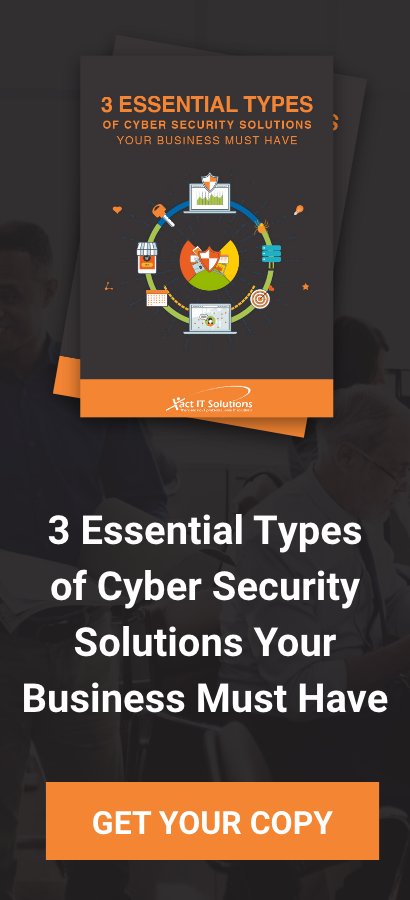
Staying a step ahead of cyber criminals isn’t easy. Hackers are highly skilled at getting around standard password requirements to access private information. The solution is to consistently implement the most up-to-date best practices, designed by expert information security professionals. Today, that means two-factor authentication (sometimes abbreviated as 2FA) for every staff member authorized to access your system.
Small Businesses at Risk for Cyber Attacks
Whether your small business handles confidential health records or your work involves less sensitive information, you are not immune from cyber criminals. In fact, the rate of cyber attacks against small businesses has increased dramatically over the past five years. In 2011, only 18 percent of IT threats were aimed at small businesses. In 2015, that figure rose to a shocking 43 percent. Becoming the target of cyber crime is no longer exclusive to large corporations.
Five Ways to Implement a Two-Factor Authentication Security Strategy
There are three methods of authenticating that system users are authorized to access your organization’s records: something you know, something you have, and something you are. The most common “something you know” is a password, which can require varying levels of complexity. Many companies using the “something you have” authentication method choose some form of a token. “Something you are” typically relies on physical characteristics, such as fingerprints, voice recognition or retinal scans.
Staying secure in today’s digital world requires the use of two-factor authentication. However, at first glance, this can appear to be an excessive expense for a small business budget. Fortunately, there are many ways to incorporate two-factor authentication affordably. Begin with a password — the factor you are probably already using — then add in one or more of the following:
- Standard Tokens: These small standalone devices typically attach to a keychain, and they provide frequently changing combinations of numbers. When logging in to a secure server, the user enters the current number combination, which syncs with the security system to allow entry.
- Mobile Token Application: Forward-thinking cyber security firms are focusing their expertise on mobile devices. If staff members already have a smartphone or tablet, you can choose a mobile token for the “something you have.”
- SMS Text Token: Though not as convenient as mobile tokens, SMS texting can take the place of standalone tokens and mobile applications if some of your staff members don’t own mobile devices.
- Fingerprint Access: Transitioning to fingerprint-enabled technology is costly, but there are situations when this method makes sense in implementing a two-factor authentication security strategy. For example, if you are purchasing equipment for a startup or you are already upgrading laptops and mobile devices, the expense of adding fingerprint technology is negligible.
- Cloud Authentication Technology: Finally, there are cloud-based platforms that offer a second authentication factor for small business users. Pricing structures vary widely, depending on the number of users.
Cyber attacks and major data breaches are a regular feature of today’s high-tech business landscape, and damages are expected to reach $2 trillion by 2019. Consistent use of advanced security methods is the best way to protect your small business.



You must be logged in to post a comment.